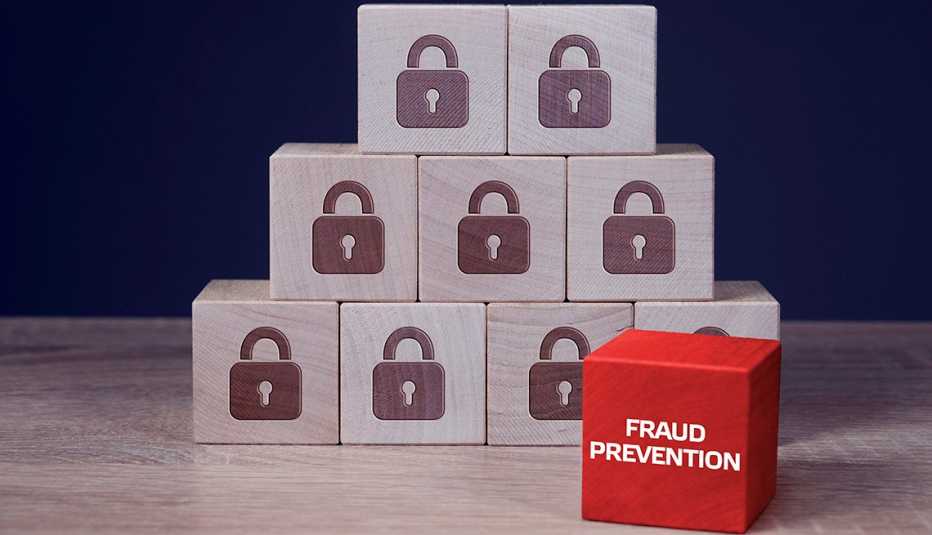AARP Hearing Center
The Four Faces of Fraudsters
Identity fraud is easy money for criminals, but there are four steps you can take to protect yourself and your money:
- Ignore requests for an urgent form of payment, such as using a gift card or making a wire transfer.
- Protect your passwords and log-in information.
- Do not communicate with strangers about confidential or sensitive financial matters.
- Verify everything you’re told to determine if a supposed problem truly requires your attention.
The helpful tips are in a new, AARP-sponsored report by Javelin Strategy & Research, which estimates that identity fraud led to $56 billion in losses in 2020.
The report says older consumers are not more vulnerable to every kind of fraud, but notes that the stakes are high for adults age 50-plus because losses tend to be steeper for people who have accumulated a lifetime of wealth.
The report also:
- Describes the four common personas that fraudsters hide behind as they lie, cheat and steal.
- Explains that some frauds, such as paying online for nonexistent goods and services, struck consumers of all ages at about the same rate. Other frauds tend to hurt certain age groups more often.
- Explores the financial and emotional price of fraud.
Now let’s take a deeper dive into the four tips:
Urgent requests for payment. If you haven’t met someone face-to-face and are asked to make an immediate payment, that’s a red flag. That’s especially true if you’re asked to pay in an unusual way, such as by buying gift cards. You might be talking to a fake utility company that threatens you with immediate loss of service or to a phony debt collector. Or you might receive a past-due bill for something you never sought, such as carpentry work. “Bill payment fraud is a growing threat to consumers,” the report warns.







































































